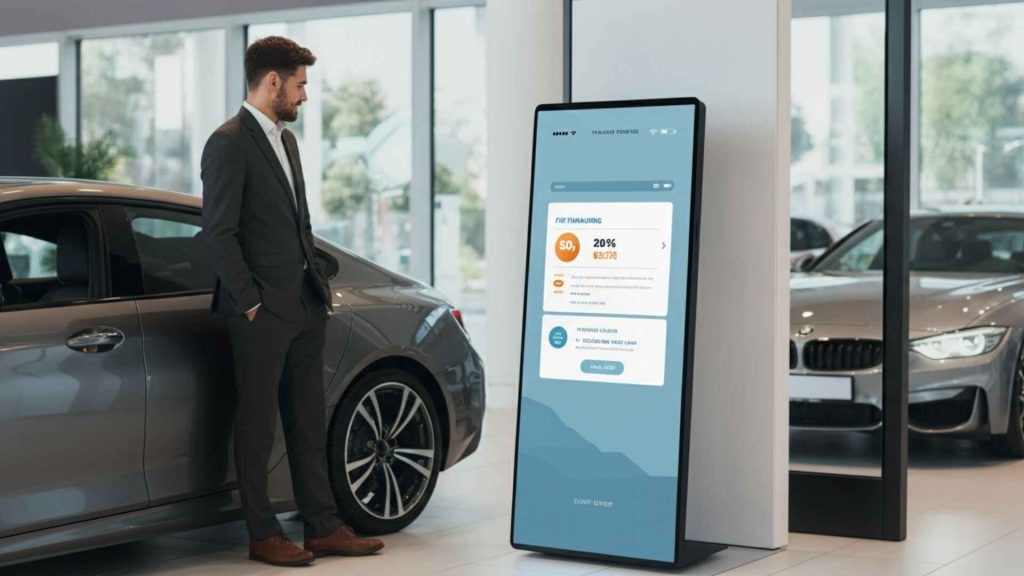Introduction
In a world where attention is fleeting and customer expectations are high, AI and Presence Sensing Displays are becoming essential tools for businesses aiming to boost engagement and streamline communication. By detecting when someone is nearby and tailoring content in real time, these displays are changing the retail and hospitality landscape.
How AI and Presence Sensing Displays Work
AI and Presence Sensing Displays combine sensors, motion detection, and machine learning to determine when a person is present and trigger relevant content automatically. This could mean playing a targeted video, highlighting a special offer, or even adjusting the screen’s brightness and messaging based on viewer proximity and behavior.
Why Businesses Are Embracing This Technology

Real-Time Engagement
Personalized Customer Experiencet
Traditional digital signage plays content on a loop, whether someone is watching or not. Presence sensing allows content to activate only when someone is nearby, maximizing impact and minimizing wasted attention.
AI can use demographic data (age, gender, time of day, etc.) to adjust messaging, making it more relevant and engaging for each viewer.
Operational Efficiency
Retailers and restaurant operators use AI-driven displays to reduce the need for staff interventions, automate upselling, and gather valuable insights on customer behavior.
Industries Benefiting from AI and Presence Sensing Displays
- Quick-Service Restaurants (QSRs): Trigger promotional messages when someone approaches a menu board.
- Retail Stores: Offer personalized deals when customers interact with products on a shelf.
- Hospitals and Clinics: Display directions or health alerts when someone walks by.
- Corporate Offices: Use AI-powered displays for real-time announcements or visitor greetings.
SEO & Data Insights Integration
With AI, these displays aren’t just reactive—they're data-driven. Integrated analytics tools track engagement metrics like dwell time and interaction rates, feeding back into smarter content strategies.
Challenges to Consider
- Privacy Concerns: Businesses must ensure compliance with local data regulations and transparently communicate how sensor data is used.
- Installation Costs: While ROI is strong long-term, upfront hardware and integration costs can be high.
- Content Strategy: Success depends on having dynamic, contextual content ready to deploy.
Final Thoughts: The Future of In-Store Interaction
AI and Presence Sensing Displays are leading a new wave of intelligent signage that reacts to humans, not just time schedules. As businesses continue to prioritize digital transformation and personalization, this technology will play a critical role in creating smarter, more immersive customer journeys.
Want more insights like this?
🎧 Listen to our more podcasts at Future of Retail and AI by Retailr for a deeper breakdown.
